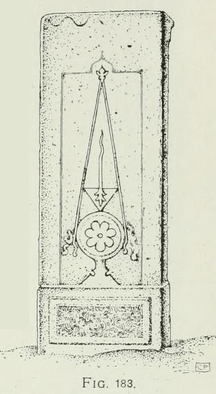The Tombstones of Ahlat the Urartian and Ottoman citadel

The Tombstones of Ahlat in Turkey are famous for their dimenison and design.
Ahlat is a ilçe (district) center in Bitlis Province at the Lake Van shore. The tombstones are in and around the citadel of Ahlat at about 38°45′N 42°30′E / 38.750°N 42.500°E.[1]
The history of the city dates back to 900 BC, the Urartu era. [2]But the tombstones are from the medieval age. Although the tombstones are known as Seljukid era, according to the governorship of Ahlat the tombstones belong to the era of the Shah-Armens, Ayyubid dynasty era, the Mongol era and the Safavid era.[3] These periods correspond to 12th-15th centuries.The most important tombstones are in the cemeteries known as Harabe şehir cemetery, Taht'ı Suleyman cemetery, Kırklar cemetery, Kale cemetery, Merkez cemetery, Meydanlık cemetery. Among these, only the Kale cemetery has Ottoman tombs.[4]
World Heritage Status
This site was added to the UNESCO World Heritage Tentative List on February 25, 2000 in the Cultural category.[2]
References
- ↑ Ministry of Culture page (Turkish)
- 1 2 Unesco page
- ↑ Ahlat governor's page (Turkish)
- ↑ Ahlat tombsones blog